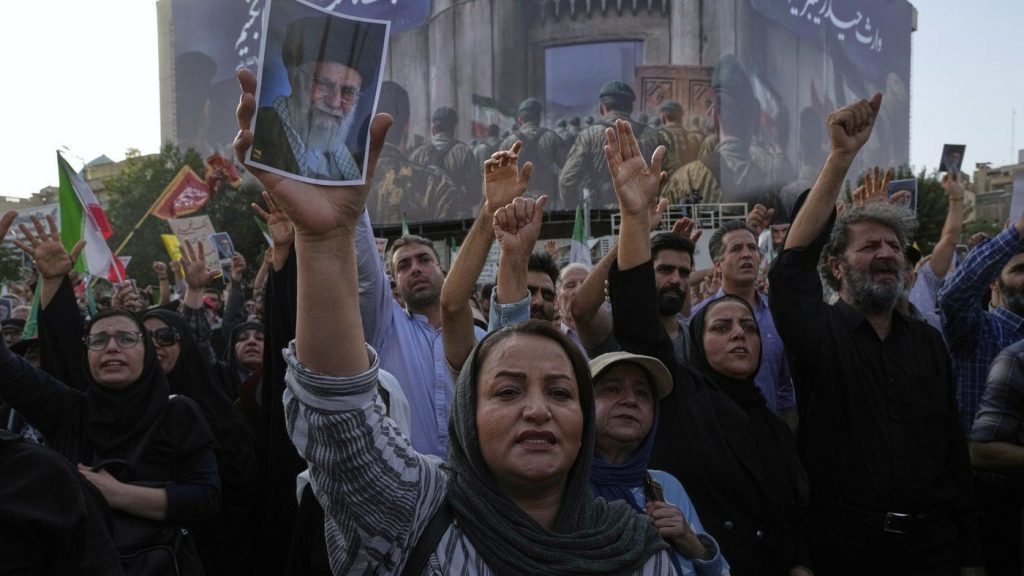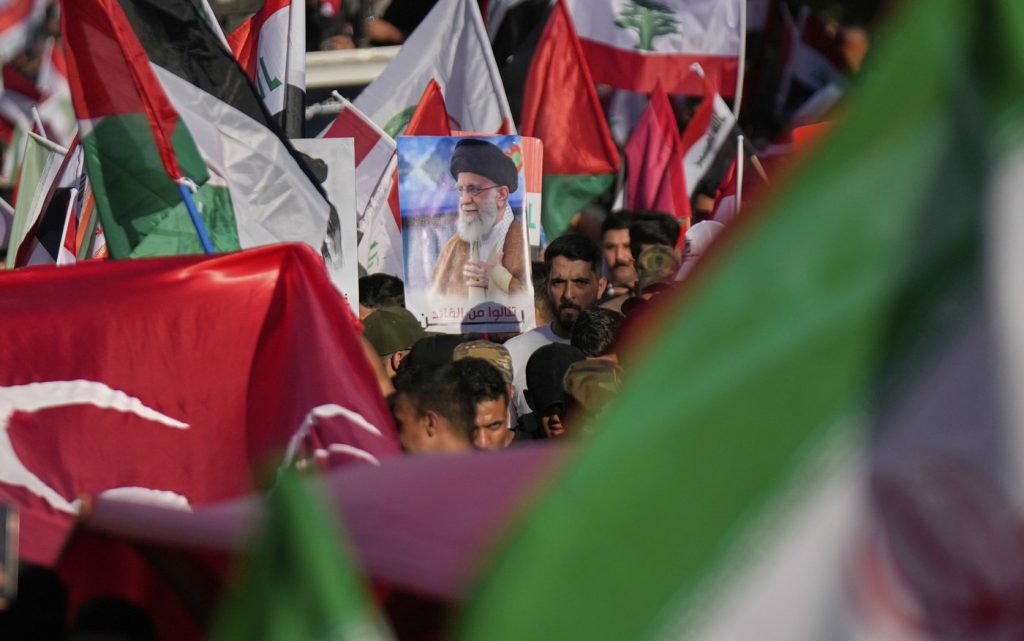On June 21, 2025, the United States conducted a significant military operation by attacking Iranian nuclear facilities, marking a pivotal moment in the ongoing conflict between Israel and Iran. This action raised critical questions about the status of Tehran's nuclear program and its military response capabilities. Experts highlighted that global efforts to prevent the spread of nuclear weapons through diplomatic means were now at risk, with fears of a broader regional conflict escalating. In reaction, oil prices surged as financial markets responded to the tensions.
The U.S. strikes targeted three key locations: the Fordo and Natanz enrichment facilities, along with the Isfahan nuclear site. The operation utilized advanced missiles and bunker-buster bombs, prompting Iran to describe the U.S. actions as a crossing of "a very big red line." Amir Saeid Iravani, Iran's U.N. ambassador, stated that the U.S. had chosen to "destroy diplomacy," and emphasized that Iran's military would determine the timing and nature of its response. Additionally, Iran’s Foreign Minister Abbas Araghchi traveled to Moscow to strategize with Russia, a close ally.
Despite initial signals from the Trump administration indicating a desire to resume diplomatic discussions with Iran, tensions remained high. Secretary of State Marco Rubio proposed direct meetings, asserting that the U.S. did not seek warfare. Nonetheless, President Donald Trump suggested the potential for "regime change" in Iran if retaliatory strikes occurred. U.S. defense officials involved reported ongoing assessments of the damage inflicted on Iran’s nuclear infrastructure.
The Iranian government responded vehemently to the U.S. intervention, emphasizing their military readiness to target any nation facilitating U.S. actions against Iran. Following the strikes, Iranian officials claimed that their nuclear material had been relocated to safeguard against such attacks, while the U.S. Pentagon confirmed substantial damage to the targeted sites, although specifics were still being evaluated. Israeli Prime Minister Benjamin Netanyahu expressed optimism, noting that they were close to achieving their objectives of neutralizing Iran's nuclear ambitions.
Further developments revealed a barrage of retaliatory strikes from Iran, with the Revolutionary Guard launching around 40 missiles at Israel, causing injuries to over 80 individuals. Concurrently, Israeli forces continued their offensive by targeting military infrastructures in Tehran and western Iran, including significant locations like Hamedan and Kermanshah. Explosions were also reported near Iran's nuclear power plant in Bushehr, with implications of further escalation in military engagements.
International reactions followed the U.S. airstrikes, with several nations expressing deep concern over the potential for increased conflict in the region. Egypt warned of severe repercussions, while Bahrain urged both Iran and the U.S. to return to negotiation tables. Moreover, the U.S. State Department issued a travel advisory urging Americans to exercise caution worldwide due to the burgeoning conflict.
As experts continued to analyze the implications of the U.S. military action, significant questions emerged about the future direction of Iran’s nuclear program. Historically, Iran has maintained that its nuclear aspirations are peaceful, a stance backed by U.S. intelligence assessments. However, Israeli and U.S. officials remain skeptical, fearing that Tehran might quickly pivot towards nuclear weapons development, especially in light of the ongoing hostilities.
The situation remains volatile, with both Iran and Israel engaged in mutual strikes that have thus far resulted in considerable casualties on both sides, illustrating the grim reality of the escalating conflict. With Iran reportedly sustaining extensive losses and Israel poised to continue its military objectives, the geopolitical landscape in the Middle East appears poised for further turmoil.
Overall, the dynamics surrounding the recent U.S. military strikes against Iranian nuclear facilities underscore the intricate and perilous nature of Middle Eastern geopolitics, highlighting the potential for widespread consequences not only in the region but across global diplomatic relations.












